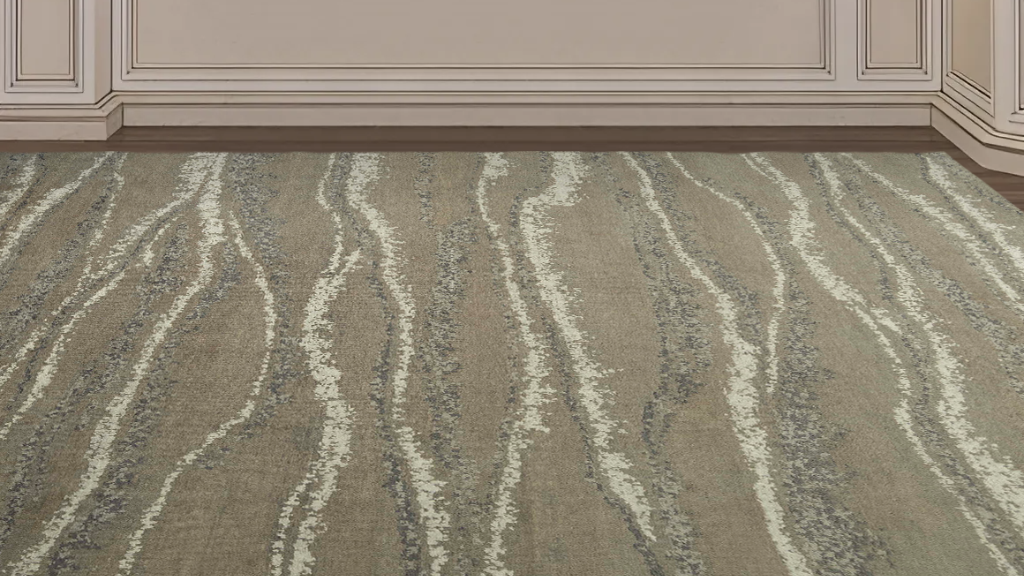In a world where mass production and automation are the norms, the allure of handmade rugs stands as a testament to the enduring value of craftsmanship. These rugs are not just floor coverings; they are pieces of art, woven with stories and traditions that span generations. This blog post explores the intrinsic value of investing in handmade rugs.
The Artistry of Handmade Rugs
Handmade rugs are the product of skilled artisans who often spend months or even years creating a single piece. Each rug is unique, featuring:
• Intricate Designs: Patterns that are often culturally significant and meticulously planned.
• Quality Materials: The use of high-quality, natural fibers like wool, silk, and cotton.
• Color Mastery: The careful selection and blending of dyes to achieve a harmonious palette.
The Durability of Craftsmanship
Unlike machine-made alternatives, handmade rugs are built to last:
• Tight Weaves: The density of the weave contributes to the rug’s durability and longevity.
• Natural Fibers: These fibers are more resilient and age gracefully compared to synthetic materials.
• Repairable: Handmade rugs can often be repaired by a skilled weaver, extending their life even further.
Cultural and Historical Significance
Handmade rugs carry the heritage of the regions they come from:
• Cultural Symbols: Many rugs feature symbols that represent the beliefs and history of the weavers’ culture.
• Historical Craft: Rug-making techniques that have been passed down through generations.
• Geographical Identity: Specific styles and patterns that can be traced back to particular regions or tribes.
The Economic Impact of Your Investment
Purchasing a handmade rug supports more than just the individual artisan:
• Sustaining Livelihoods: Many rug weavers rely on their craft as their primary source of income.
• Preserving Traditions: Your investment helps keep ancient rug-making techniques alive.
• Fair Trade: Choosing rugs from fair trade sources ensures ethical practices and fair compensation for the weavers.
The Environmental Aspect
Handmade rugs are an environmentally friendly choice:
• Sustainable Materials: Natural fibers are renewable and biodegradable.
• Low Carbon Footprint: Hand weaving requires no electricity, reducing the carbon footprint.
• Longevity: The long life of a handmade rug means less waste in landfills.
The Financial Investment
Handmade rugs can be a wise financial investment:
• Appreciation Over Time: Well-maintained rugs often increase in value.
• Unique Pieces: The uniqueness of each rug can make it highly sought after by collectors.
• Heirloom Quality: A high-quality rug can become a family heirloom, passed down and cherished for generations.
Common Pitfalls to Avoid
When investing in handmade rugs, be aware of potential pitfalls:
• Misrepresentation: Ensure you’re buying an authentic handmade rug, not a machine-made imitation.
• Improper Care: Learn how to properly care for your rug to maintain its value and beauty.
• Overpaying: Do your research to ensure you’re paying a fair price for the quality and craftsmanship.
How to Choose the Right Handmade Rug
Selecting a handmade rug requires consideration:
• Aesthetic: Choose a design and color scheme that resonates with you and complements your space.
• Quality: Look for signs of quality craftsmanship, such as even knots and consistent patterns.
• Origin: Consider the rug’s origin and the story behind its creation.
Conclusion
Investing in a handmade rugs is more than a home decor decision; it’s a choice to value artistry, support cultural heritage, and make an environmentally conscious investment. As you walk on these woven treasures, you’re not just stepping on a rug; you’re stepping into a world of tradition, quality, and timeless beauty

